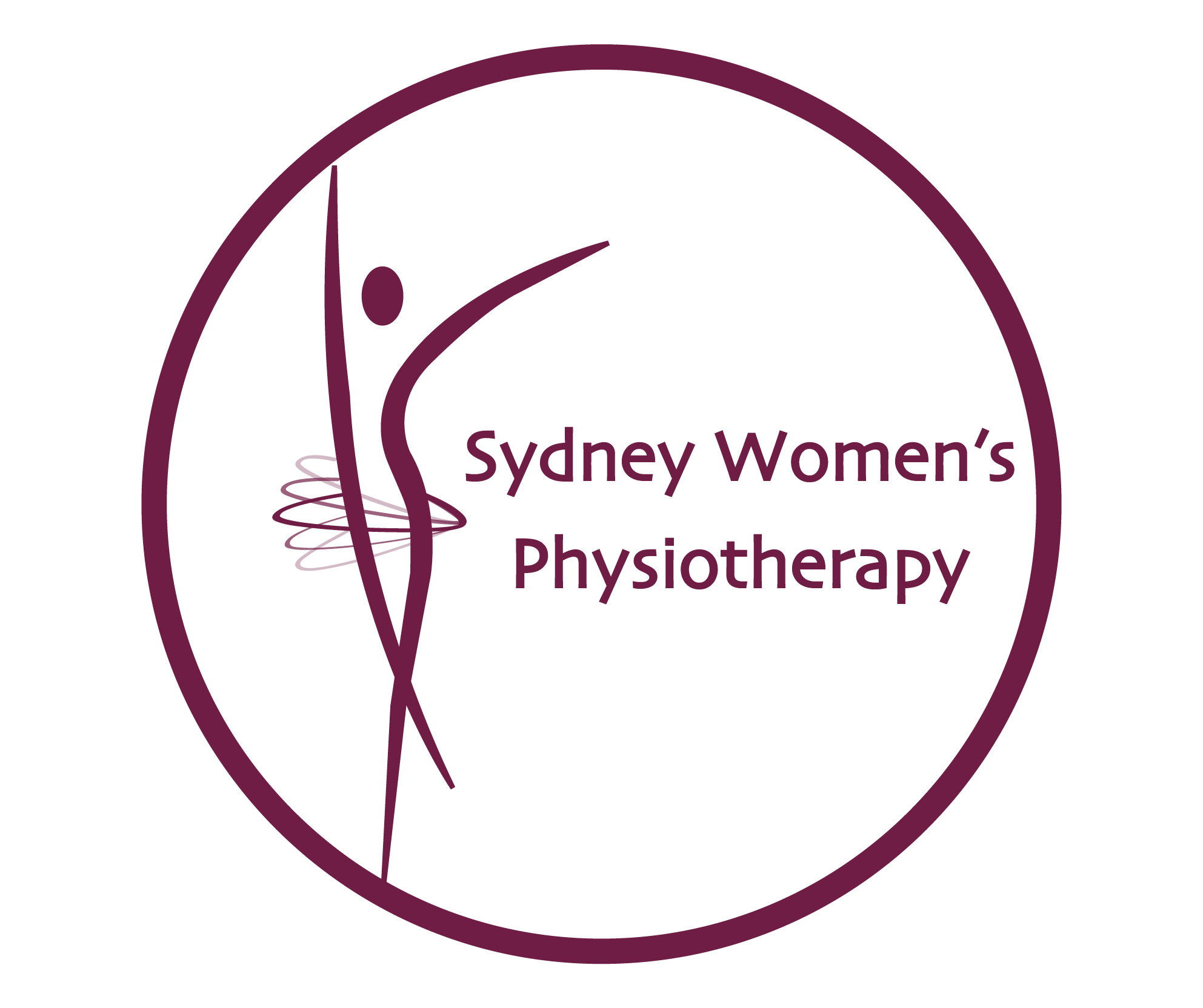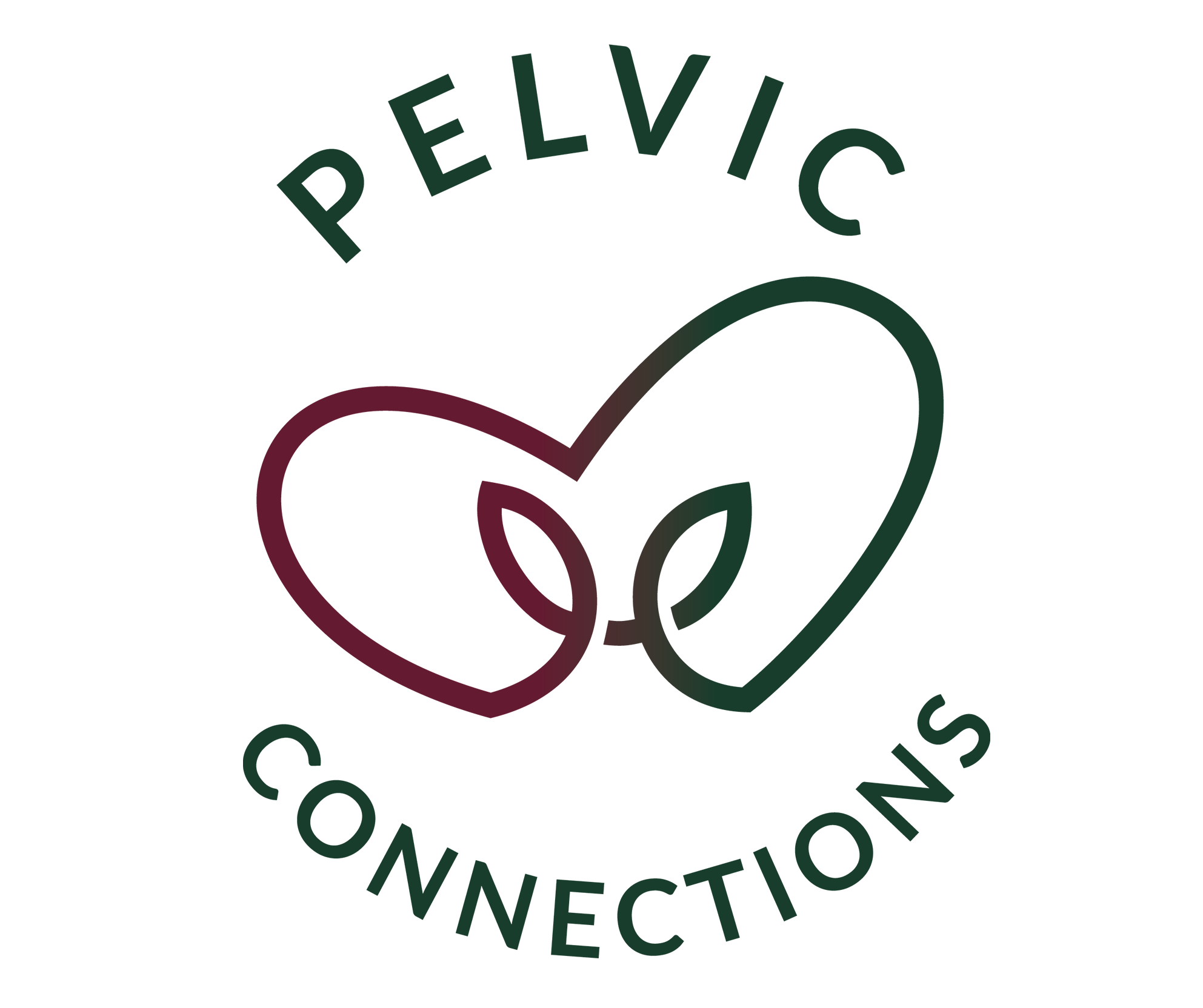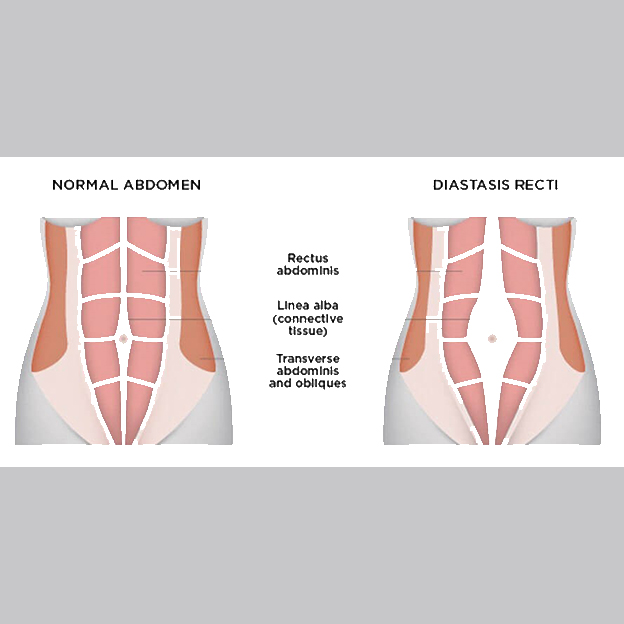Abdominal separation is also known as Diastasis Recti Abdominis or DRAM.
The abdominal wall is made up of a group of muscles, fascia and connective tissue. Sitting at the front is your rectus abdominis or 6 pack muscles. A thin sheet of connective tissue called the lines alba sits between the 6 pack muscles connecting them together.
During pregnancy It is the line alba that gets thinned and widened to accomodate for bub growing.
This widening can result in diastasis rectus abdominis, it is an expected adaptation of abdominal tissues in response to the later stages of pregnancy.
As a result diastasis is often expected in the early stages of the postpartum period, as abdominal wall muscles and connective tissue recover. The research demonstrates that the prevalence of diastasis decreases with time, reducing from 60% at 6 weeks postpartum, to 32% at 1 year post!
With an abdominal separation you may experience back pain and perhaps you may notice some doming (also known as coning) of your abdominal wall. This is when intra abdominal pressure fills the gap where the separation is and forms a dome like appearance.
If you have an abdominal separation whether you are currently pregnant, 6 weeks post partum or 1 year post partum we here at Sydney Women’s Physiotherapy are happy to assess you and give you the guidance you need.
We can:
- Measure the length and depth of your abdominal separation
- Check if there is an abdominal doming occurring with activities of increased abdominal pressure
- Give you a personalised exercise program to help reduce the diastase & build your core strength back up.
- Give you advice on any core exercises that may need to be avoided for a short time (due to doming) whilst we work on building up your core strength.
- Give advice on posture management for every day activities to avoid undue strain on your abdominal wall
- Offer supportive garments to aid the healing process
For more information, please do not hesitate to contact us on (02) 8883 5360 or email at info@sydneywomensphysiotherapy.com.au


